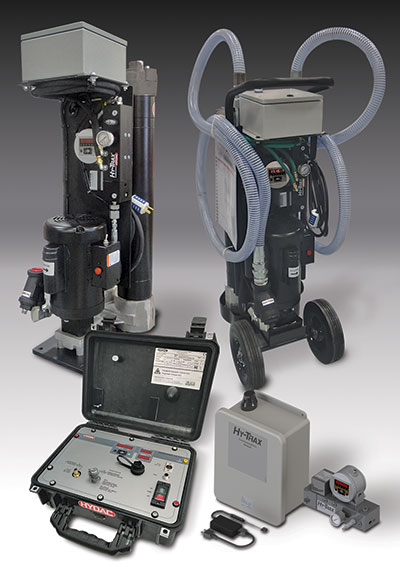Nobody likes a micromanager. A boss constantly looking over your shoulder is at best annoying and more often counterproductive, demotivating and the root cause of high turnover.
Yet in recent head-scratching news, Amazon has patented a tracking wristband that monitors a worker’s every move and vibrates when they do something wrong. Ostensibly, Amazon warehouse personnel would wear the device and track where an employee’s hands were in relation to inventory bins and products—and provide “haptic feedback” to guide the person to fill orders faster.
In this Big Brother nightmare, supervisors could push workers ever harder and identify every time someone stops to chat, grab a coffee, or takes too long for a bathroom break.
Critics note that this type of surveillance raises privacy concerns, to say the least. Amazon’s announcement comes on the heels of tech company Strava’s embarrassment over its fitness app. The software lets users with a mobile phone or Fitbit track activities like running and biking, but also unwittingly made public the movements of U.S. military personnel in Iraq, Syria and Afghanistan.
Here’s a better idea. Virtually everyone agrees contamination in a hydraulic system is bad. Running dirty fluid through a high-pressure circuit, more often than not, leads to premature component failures, damage to equipment, unscheduled downtime, and higher maintenance and operating costs.

Fluid-monitoring units from Hydac measure fluid conditions and provide early detection of system faults.
The contamination-control industry does its best to head off such problems. Their engineers have developed a wide range of products that help keep systems clean and are a bargain, compared to the alternative. And they’re getting better and better. For instance, the dirt-holding capacity and efficiency of a typical filter has probably doubled in the last decade. “Smart” contamination sensors count and classify minute particulates in fluid. And innovative diagnostic systems spot trouble before it gets out of hand.
Hydac, for example, makes a sensor that’s really a micro-laboratory. It continuously measures parameters like temperature, water saturation, conductivity and dielectric constant and detects changes in viscosity, mix and dilution, to provide an early warning of oil deterioration. The unit transmits data to higher-level controllers, in line with the Industry 4.0 trend toward “intelligent” machines that self-monitor, self-learn and self-correct.
Unfortunately, such cutting-edge systems aren’t foolproof. Regardless of whether a filter is fitted with a simple differential-pressure gauge or an entire machine is equipped with the latest condition-monitoring technology for predicting fluid health, it’s all for naught if filter elements aren’t replaced when loaded and contamination sources aren’t quickly identified and addressed.
We need to go that last mile. Amazon’s inventors, IoT professionals and fluid-power experts could team up and design a system that reads and interprets oil cleanliness data and transmits it to a wearable device. Plant executives, fleet managers and maintenance supervisors would be mandated to wear the wristband which would not vibrate, but instead generate a harmless but painful electric shock anytime they ignore a filter that needs attention. Maintenance practices will, thus, improve dramatically.
Filed Under: Sealing & Contamination Control Tips